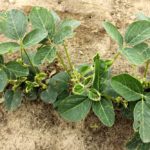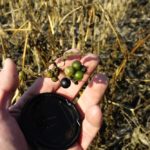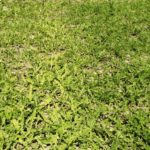
Pest Patrol: How effective is tillage at controlling glyphosate-resistant Canada fleabane?
#PestPatrol with Mike Cowbrough, OMAFRA
Final words on dicamba
The big concern for herbicide companies is to keep Xtend technology for years to come

Pest Patrol: Xtend soybeans, spray drift and controlling glyphosate-resistant fleabane
#PestPatrol with Mike Cowbrough, OMAFRA

Dry weather weed control in IP soybeans
Weed control in IP soybeans is always a challenge. This year, it was nearly impossible… but not on all farms

Grow soybeans like corn
Increasing your management intensity with extra attention to weeds, pests, uniformity and canopy closure

Pest Patrol: What is the best strategy for managing perennial sow thistle?
#PestPatrol with Mike Cowbrough, OMAFRA

Why weed surveys matter
Regular inventories across the Prairies provide a valuable indication of emerging problems

Is it enough to rotate your herbicides?
Integrated weed management can slow herbicide resistance, but rotation is just one piece

Where do you cut when you have to cut costs?
As crop prices drop, growers have a new focus on cost containment. Weed control is always a big bill, so it’s only natural this gets a hard look — but taking the wrong steps could cost you money

We need to get our herbicide resistance response right
Dealing with what's become a global problem could end up being one of Canada's key competitive advantages as a grain-exporting nation


